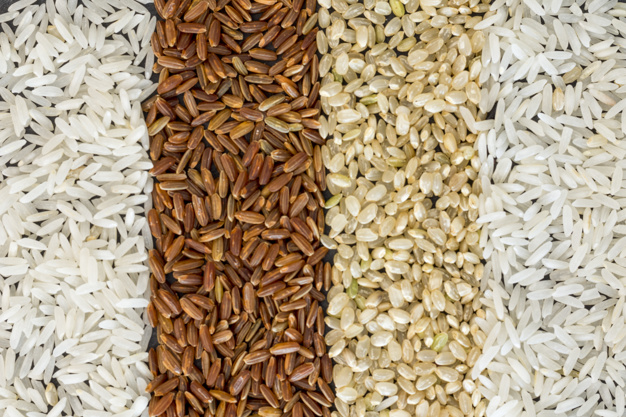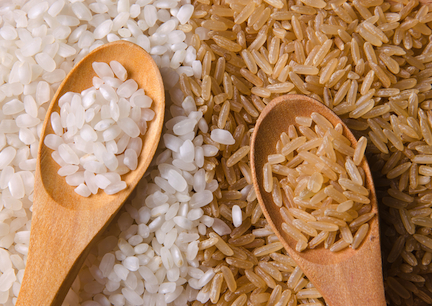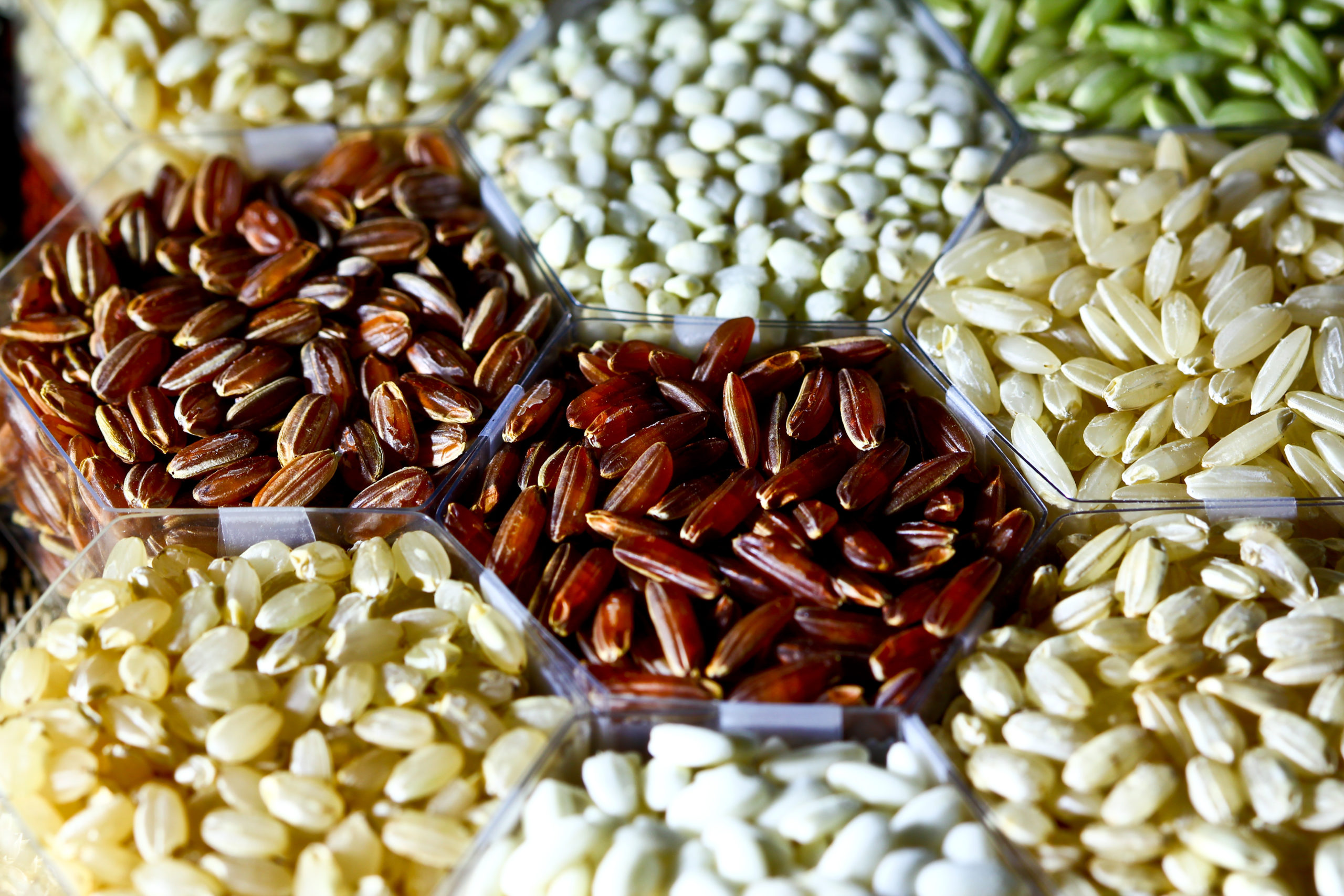
If you’ve been to Asian countries, chances are, you have encountered rice at almost all mealtimes. Understandable, as most Asian countries include rice in their main diet. Not just in Asia though, as rice is a staple in over 100 countries worldwide. As such, most of the cuisines of the world are cooking rice in one way or another – sushi, paella, arroz con pollo, risotto, jambalaya, and rice puddings to name a few. You can also drink rice, believe it or not – that is, in the form of sake, rice milk, horchata and beer. So, what exactly is rice? It is a grain, and it is among the oldest of the cereal grains. How old? Well, tools for farming rice have been found in China dating back 8000 years. Merchant traders helped in its gradual spread across the continents. Rice has different varieties and grain types.
Grain Types

Rice has three basic grain types:
- Short-grain rice – rounded and plump, with high starch content that makes the grains stick together when cooked.
- Long-grain rice – longer than it is wide, with lower starch content thus making the cooked grains lighter, dryer, and more easily separated.
- Medium-grain rice – falls between short and long-grain rice in both shape and starchiness.
Rice Varieties
- White Rice – milled to remove outer husk, bran, and germ; less nutritious, but stores longer and cooks faster than brown rice. Comes in short, medium and long-grain varieties.
- Brown Rice – a whole grain version, only the husk is removed. Nutty, chewy and more nutritious than white rice. Also comes in short, medium and long-grain varieties.
- Black Rice – highly nutritious source of iron, vitamins, antioxidants, and fiber. Turns purple when cooked.
- Aromatic Rice – with distinct perfumy aroma when cooked. Popular examples include basmati (India) Jasmine (Thailand), Texmati (Texas), and Wehani and pecan wild rice (Louisiana)
- Arborio Rice – medium – grain, starchy white rice, commonly used in making risotto
- Glutinous Rice – named for its glue-like consistency (not for gluten, it doesn’t have that), short-grain, especially sticky when cooked.
- Wild Rice – not considered a “true” rice, it is the seed of a grass plant. Has a nutty flavor and chewy bite.
- Instant/Quick Rice – cooked before being dehydrated and packaged. Cooks fast, but lacks the flavor and texture of regular rice.
White vs Brown

Is one really better than the other? Well, while brown rice is more nutritious than white rice, there are still factors to consider, like certain conditions or goals of a person. So in some cases, one type of rice may be preferable to another. For reference, according to the United States Department of Agriculture National, a cup of medium grain, cooked, enriched white rice weighing 186g provides:
- 242 kilocalories (kcal)
- 4.43 g of protein
- 0.39 g of fat
- 53.2 g of carbohydrate
- 0.56 g of fiber
while a cup of cooked, long grain brown rice weighing 202 g provides:
- 248 kcal
- 5.54 g of protein
- 1.96 g of fat
- 51.7 g of carbohydrate
- 3.23 g of fiber
It also contains folate, iron, and other vitamins and minerals.
Cooking Instructions
White Rice
What you’ll need:
- 1 cup white rice
- 2 cups water
How to:
- Rinse the rice then drain it.
- Add rice and water to a medium saucepan and bring to a boil over high heat. Once boiling, lower heat to a simmer and cover. Ensure it’s simmering and not boiling or the rice will cook too quickly.
- Simmer until water is completely absorbed and rice is tender (approx. 15-25 mins). Drain off excess water if any.
- Turn off the heat, remove the lid, fluff with a fork, put the lid back on, and let rest for 10 minutes so the moisture redistributes to prevent mushy rice.
Brown Rice
What you’ll need:
- 1 cup brown rice
- 6 cups water
How to:
- Bring a large pot of water to boil, use at least 6 cups water per 1 cup rice. Rinse the rice in a fine mesh colander under running water to remove excess starch.
- Add the rice to the boiling water. Reduce temperature as necessary to prevent overflow. Maintain a steady boil. Boil, uncovered, for 30 minutes.
- Drain off remaining cooking water and return the rice to the pot. Cover the pot and let the rice rest, off the heat, for 10 minutes. Fluff, season as desired, and serve.
Good or Bad
So, the question is, is rice good for you or bad? The answer is neither. It is neutral, whether it’s good or bad will depend on your goals and lifestyle. For instance, if you aim to build muscle and get bigger, rice is a cheap source of high calorie, high-carbohydrate food, easy to digest and helpful in running a caloric surplus. If you are trying to lose weight on the other hand, eating a lot of rice may put you over your calorie and carbs goal per day, so better to eat less or avoid it entirely. So whether it is good or bad really depends on how it is consumed.
How about to make a delicious meal for you family? Click here!


I don’t think the title of your article matches the content lol. Just kidding, mainly because I had some doubts after reading the article. https://accounts.binance.com/uk-UA/register-person?ref=T7KCZASX
The point of view of your article has taught me a lot, and I already know how to improve the paper on gate.oi, thank you. https://www.gate.io/uk/signup/XwNAU